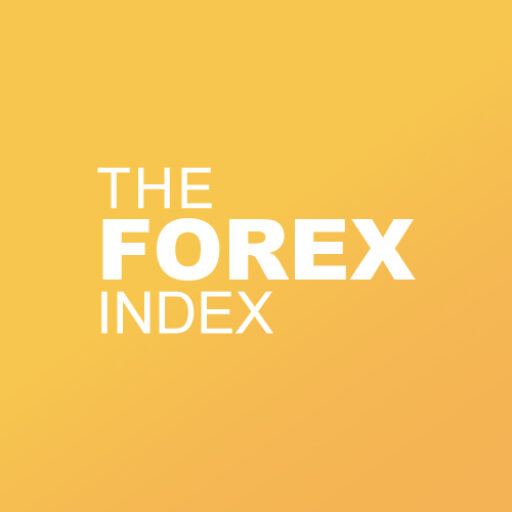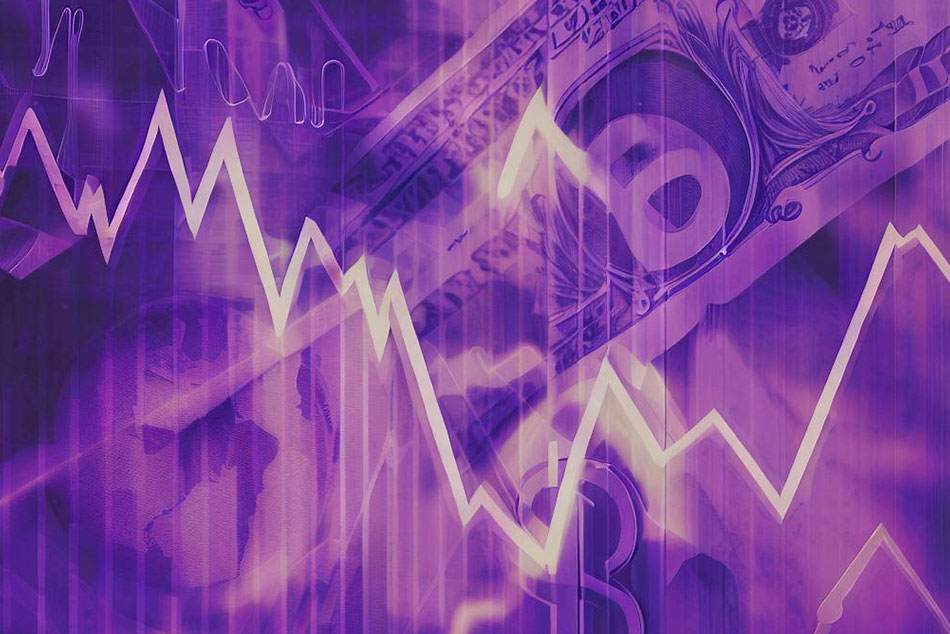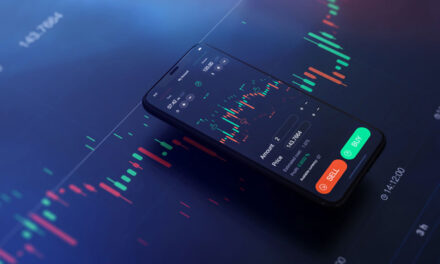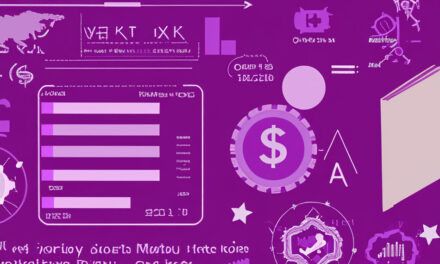In a year marked by economic turbulence, recent data has reflected a surprising downturn in the US Dollar. Unexpected inflation figures may hold the key to understanding this development, as they may hint at a change in the Federal Reserve’s outlook on monetary policy. In this article, we’ll delve deep into the causes and implications of this situation.
Understanding the Current Economic Climate
Before understanding the situation with the US Dollar, we need to take a look at the overall economic backdrop. In doing so, we can begin to see some vital pieces coming together. In particular, two aspects stick out: the impact of COVID-19 on the US economy and the significance of inflation rates.
The Impact of COVID-19 on the US Economy
The COVID-19 pandemic has altered the US economy in ways few could have predicted. With the economy effectively shut down in the initial stages, a lot of businesses suffered, and unemployment soared. The impact was felt across various sectors, from hospitality and travel to retail and manufacturing.
However, with widespread vaccinations and the implementation of safety protocols, the economy has started showing signs of recovery, though the outlook remains uncertain. As businesses adapt to the new normal, some have been able to bounce back, while others continue to face challenges.
Consumers, having built up a stash of savings and pent-up demand during lockdowns, have begun spending again, leading to increased demand. This rapid surge in demand against a disrupted supply chain has created unprecedented economic dynamics. Businesses are struggling to keep up with the sudden increase in orders, causing delays and shortages in certain industries.
Moreover, the pandemic has also accelerated certain trends, such as the shift towards remote work and e-commerce. Companies that were able to adapt quickly to these changes have seen growth opportunities, while those slow to respond have faced setbacks.
Inflation Rates and Their Significance
Inflation rates are a key indicator of economic health. When inflation rates are stable, it indicates that the economy is doing well. However, if the inflation rates are too high, it implies the economy is overheated, and corrective measures, like interest rate hikes, might be implemented to cool it off.
Under pandemic conditions, inflation took an interesting course. Initially, inflation was subdued due to decreased demand. With businesses closed and people staying home, the overall spending declined, leading to a decrease in prices. This was particularly evident in sectors like travel and hospitality, where prices dropped significantly.
However, as the economy is reopening and restrictions are being lifted, the increased demand coupled with supply chain constraints has led to a recent spike in inflation. Prices of goods and services have started to rise, driven by factors such as increased production costs, transportation challenges, and labor shortages.
This surge in inflation has raised concerns among policymakers and economists. While some argue that it is a temporary phenomenon due to the unique circumstances of the pandemic, others worry that it may lead to a sustained period of high inflation, which could have long-term consequences for the economy.
Central banks and governments are closely monitoring the situation and considering appropriate measures to address the inflationary pressures. The challenge lies in finding the right balance between supporting economic recovery and preventing runaway inflation.
The Slump of the US Dollar
With the backdrop in place, we are ready to delve into the reasons behind the dollar’s decline. Understanding the historical context and the factors contributing to the current slump is paramount to this discussion.
Historical Context of the Dollar’s Value
Historically, the US Dollar has been a strong currency, often seen as a safe haven during times of global unrest. Its strength stemmed from the robust US economy and the country’s political stability. However, more recently, we’ve seen the dollar under pressure in comparison to other currencies.
The last major slump of the US dollar was witnessed during the 2008 financial crisis. The collapse of Lehman Brothers and the subsequent global economic downturn had a significant impact on the dollar’s value. Investors sought refuge in safer assets, leading to a decline in demand for the dollar.
However, the current situation is vastly different, with the pandemic playing a crucial role in influencing the dollar’s value. The unprecedented nature of the COVID-19 pandemic has caused widespread economic disruptions, affecting countries around the world. As governments implemented lockdown measures and businesses struggled to survive, the global economy experienced a severe contraction.
This contraction had a direct impact on the value of the US dollar. As countries grappled with the economic fallout, central banks and governments implemented stimulus measures to support their respective economies. These measures included massive fiscal stimulus packages and unprecedented monetary easing.
The combination of fiscal and monetary stimulus led to an increase in the supply of money, which in turn put downward pressure on the dollar’s value. As more money entered the system, the relative value of each dollar decreased, leading to a decline in its purchasing power.
Factors Contributing to the Current Slump
The current slump in the dollar’s value can be attributed to several factors. A major one is reduced demand as global economies recover and become less reliant on dollar-funded emergency loans. As countries regain their footing and economic activity picks up, the need for emergency funding decreases. This reduced demand for dollar-denominated loans contributes to the decline in the dollar’s value.
Another significant factor is the recent rise in inflation. Inflation erodes the purchasing power of a currency, and as inflationary pressures mount, investors become concerned about the future value of the dollar. The Federal Reserve’s approach to monetary policy is also a contributing factor in this trend.
The Fed’s stance on not rushing to increase interest rates despite rising inflation has been of interest to investors worldwide. The central bank has emphasized its commitment to supporting the economic recovery and achieving maximum employment, even if it means tolerating temporarily higher inflation. This approach has led to speculation that the Fed may keep interest rates lower for longer, which has weighed on the dollar’s value.
Furthermore, the dollar’s decline can also be attributed to geopolitical factors. The changing dynamics of global trade and the rise of other economic powers, such as China, have led to a shift away from the dollar as the dominant global reserve currency. As countries diversify their foreign exchange reserves, the demand for dollars decreases, putting downward pressure on its value.
In conclusion, the slump of the US dollar is influenced by a combination of historical context, including the 2008 financial crisis, and current factors such as reduced demand, rising inflation, and the Federal Reserve’s monetary policy approach. The ongoing COVID-19 pandemic has further exacerbated these trends. As the global economy continues to recover and evolve, it remains to be seen how the US dollar will adapt and regain its strength in the international currency market.
The Role of the Federal Reserve
The Federal Reserve often finds itself at the epicenter of such economic developments. Let’s look at what Fed tapering means and how the Federal Reserve can influence the economy.
What is Fed Tapering?
Fed tapering refers to the reduction of the Federal Reserve’s balance sheet, which it had expanded due to its investments in bonds and other forms of quantitative easing.
The decision to taper is usually taken when the Fed senses that the economy is overheating. By limiting the supply of money in the economy, the Fed can help to control inflation.
How the Fed Influences the Economy
The Federal Reserve is instrumental in managing the nation’s monetary policy. By adjusting interest rates and managing their balance sheet, they can direct the course of the economy to an extent.
One key role of the Fed is to control inflation while keeping unemployment low. Balancing these two aspects is a tricky task, as they are often inversely related.
Inflation Data and Its Implications
Inflation data has become a significant factor in understanding the present situation. Analyzing recent inflation data and linking it to the dollar’s value offers insights into the economic shifts.
Interpreting Recent Inflation Data
Recent inflation data show a surge that could be attributed to various factors: pent-up consumer demand, supply chain disruptions, and stimulus measures. However, the pace seems to have slowed recently.
This could potentially signify an easing of inflationary pressures – a symptom that an economy recovering from the shocks of a pandemic might inherently exhibit.
The Connection Between Inflation and the Dollar’s Value
Inflation and the dollar’s value have an intricate relationship. In normal circumstances, higher inflation can lead to a devaluation of the currency. But because the Fed might increase the interest rates to curtail inflation, higher inflation might actually lead to the dollar strengthening.
However, this scenario is only possible if the Federal Reserve remains proactive about mitigating inflation, something they have not shown urgency about in the current climate.
Market Reactions and Future Predictions
Now that we have analyzed the situation, it’s time to touch on how the markets have been reacting to this fluctuation and what economists are predicting for the future.
How Investors are Reacting
Bearing the economic scenario in mind, investors appear to be divided. Some are focused on buying risk currencies and selling the dollar, expecting the dollar to continue faltering. Others, however, believe that this is a good time to invest in the dollar, expecting it to rebound once the economic uncertainties clear up.
What Economists are Predicting for the Future
Finally, experts’ perspectives on this topic vary greatly. Some economists believe the inflation surge is just ‘transitory’ and expect the dollar to bounce back once things normalize. Others warn that the dollar might remain subdued for longer, given the Fed’s stance on interest rates.
The truth likely lies somewhere in between. The ongoing economic situation is unprecedented, making it hard to predict an exact path for the U.S. economy and the dollar. However, keeping an eye on these factors can help guide expectations.






